These were my closing remarks at the TCCS-8 conference last week
In winding up the TCCS-8 conference, there are some “take-homes” I would like to share with you.
Sometimes the future are developing very differently from what we imagined; for instance the shale gas revolution in the US, or the sudden fall in oil prices that were not well predicted. Those of us who are extremely good at predicting the future often end up wealthy.
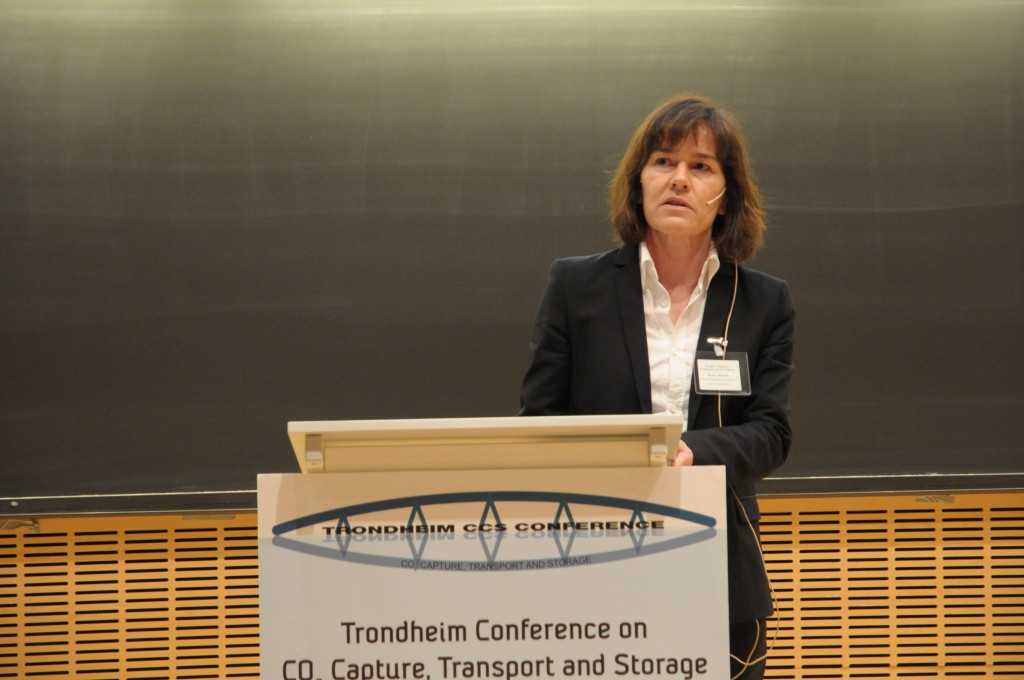
The TCCS conference is here for us to keep up the pace, and get the CCS development accelerated. We do not know exactly how this development will be, but I am quite confident that we will see an energy system and an industry in the next decades that are substantially different from the one we have today.
The Pope and the climate
Now we are getting help from Pope Francis who, in an encyclical – a letter – still a draft picked up by the Italian papers, states that the human’s needs to act differently in the future – given the climate challenge that he claims are human made.
This has caused the republican Jeb Bush who recently announced his candidacy for U.S.-president, to suggest that the pontiff shouldn’t weigh in on climate change.
So – back to our TCCS-8 conference:
Old and new friends
It started on Tuesday with the welcoming reception at Scandic Nidelven, were we met many old CCS friends, but also many new faces.
On Wednesday the TCCS-8 conference was opened by Nils Røkke. This year we are 350 delegates from 26 countries. We had 138 oral presentations with 10 keynote presentations and six parallel sessions. Also, we had more than 100 posters. I am proud of the conference’s scientific level.
The Norwegian government and CCS
On day one, MP Nikolai Astrup presented Norway’s strategy for CCS deployment and stated that we need CCS in the toolbox to meet the climate challenge. He said that fossil fuels will continue to play an important role in the energy system. And even if fossil fuels are not a part of the future energy mix, the industry will have to apply CCS to combat the challenges. We need to climb up the learning curve and down the cost curve, he said.

The Norwegian government strategy on CCS is threefold;
-
- supporting the realization full-scale demonstration in Norway
- research and development (the host of this conference (BIGCCS) is one of the examples were the government supports the R&D)
- and by supporting a CCS facility in Europe.
South Korea and CCS
Dr. Hwansoo Chong presented Korea’s CCS RD&D activities for climate change mitigation. The current administration presents “Low Carbon & Green Growth” as new strategy. South Korea has an extensive CCS program where ship is selected for CO2 transport. The 2,6 million dollar program comprises a full plan for getting from the laboratory to full scale technologies. The ambition is to reach 30 $/ton CO2 for capture, transport and storage.
Key notes Day 1: Max Ball, Kikki Kleiven, Sabine Fuss, Marie Bysveen and Fredric Hauge
The main “take-home” message from Max Ball, SaskPower, is that CCS is alive and well. He made reference to the closing statements at TCCS-3, given by Nils Røkke 10 years ago. Also, ten years ago: SaskPower established the Clean Coal Task Force. The main message of Mr. Ball is that it takes three main issues to make CCS happen:
- People need to see that is works
- Must have public acceptance
- Make it cost competitive
Kikki Kleiven gave her keynote on the global climate challenges stating the fact that:
- in May 2015, the CO2 concentration in the atmosphere is 403,94 ppm. It is 18 million years since we saw this number last time.
- we are now heading towards 600 ppm CO2 in the atmosphere in 2100.
- our anthropogenic planet, are heading against a 4oC temperature rise and a population of 10 billion, and the pace of chance does not allow the ecosystems to adapt.
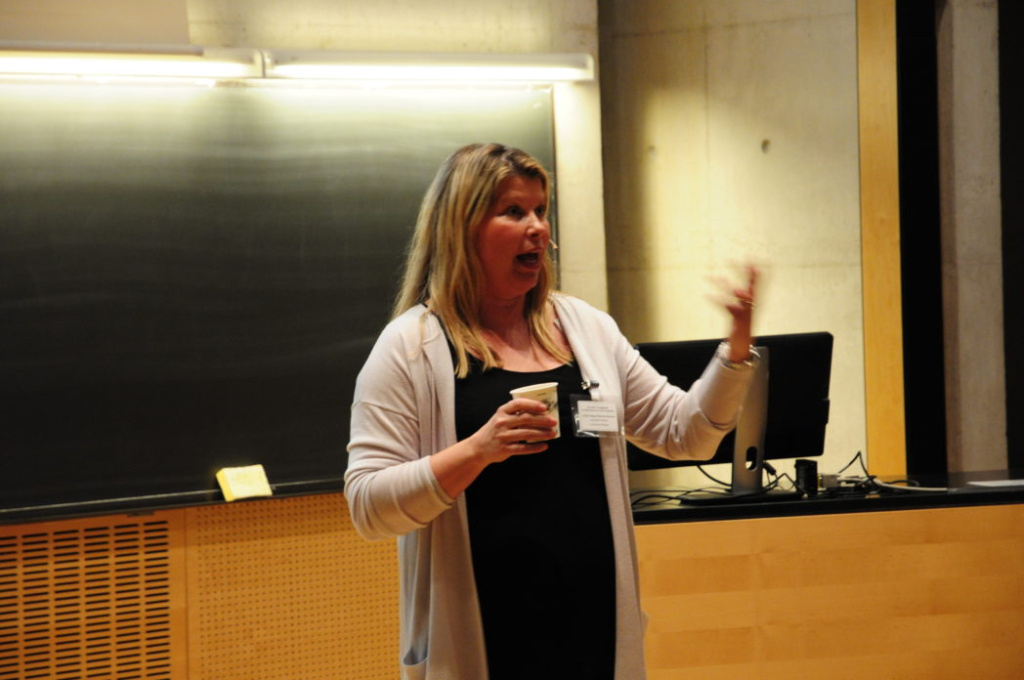
The temperature changes are strongest in the northern hemisphere. What happened when the sea that was covered by ice, is not covered anymore? This will put the weather on “hormones”: The storms are getting stronger, the rain is more intense, and the heat is getting more extreme causing several draught and death. Unburnable carbon is a real issue and CCS is a promising technology when facing this challenge.
Sabine Fuss presented the global carbon project. She stated that carbon negative emission solution are mainly BioCCS and direct air capture. Safe storage of CO2 from these technologies is needed in addition to storage from fossil fuels. Public acceptance is a real challenge in some countries in Europe. She also discussed whether direct air capture is a viable path.
Marie Bysveen discussed the clustering of European energy research were the European Energy Research Alliance (EERA) is the most efficient measure.
- Aim of the joint program for CCS
- is that CCS becomes an integral part of the H2020 program
- and the SET plan .
- An example of excellent research across borders is BIGH2. Here ALSTOM, SINTEF and DLR worked together in the effort of developing hydrogen turbines for pre-combustion capture.

Frederic Hauge from Bellona, said that it will be 70% more expensive to reach the climate targets without CCS.
- We can create 330.000 jobs in Europe related to CCS.
- It is so much more expensive not doing anything about it.
- Europe is lacking behind, but there are promising projects such as Peterhead in UK, ROAD in Holland and in Norway the Norcem Heidelberg in Brevik and the Oslo municipality’s plan for CCS in incineration combustion. Bellona is now heavily involved in CO2 storage focusing mainly on injectivity to be able to estimate the capacity. UK is active working on how to develop a business case for CO2 storage. It is a big shame how we in Norway are lagging behind in the CO2 storage activities.
- WE NEED TO START THIS WORK NOW. Bellona is interested in new ways of producing biomass, including using the ocean biomass. 10 Gigatonnes CO2 can be removed from the atmosphere by BIO-CCS annually. We are re-vitalizing CCS again.
Key notes Day 2: Roy Vardheim, Sverre Quale and Roland Span
Hallvard Svendsen chaired the plenary session Thursday morning where we were presented two important CCS research facilities in Norway. First, the Test Center Mongstad was presented by Roy Vardheim. TCM is the flagship of the Norwegian CCS story, and even if it turned out to be quite expensive I am sure it will pay its duty. I am also sure that if I get grandchildren sometime in the future, they might ask me about the choices we did in our society in the early 2000. I doubt they will blame me that Norway used resources for the Test Center Mongstad – aiming at solving out times largest challenge, he said.
Second, the ECCSEL project was presented by Sverre Quale. ECCSEL is a network of CCS research infrastructure under the ESFI program in EU, operated from Trondheim. Now these ESSCEL infrastructures are made available for access from externals.
Then Roland Span explained why it is so important to have reliable thermodynamic property models from high-quality data to be able to design and operate the CCS infrastructure efficiently. Only small amounts of impurities will alter the behavior of the CO2 mixtures that we are handling in CCS.
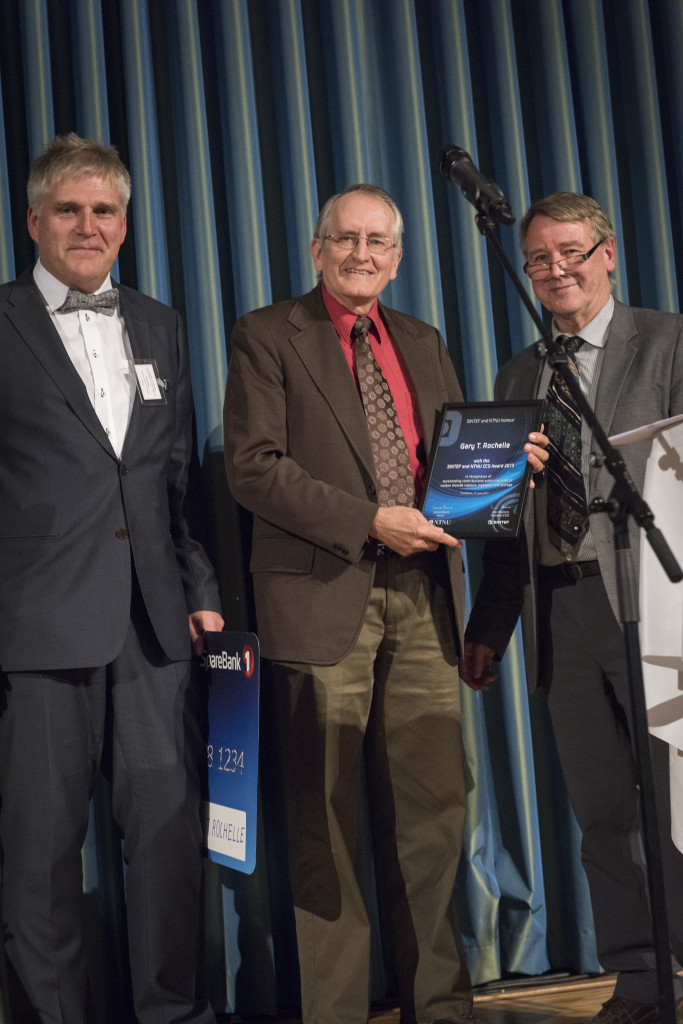
… And the award goes to
Last, but not least we got the SINTEF and NTNU CCS Award winning lecture from Professor Gary T. Rochelle. He told us that amine scrubbing was the first CO2 capture technology, and that he believed that it will be the main technology used in 2050 also.
The parallel sessions
In the parallel sessions, I have heard that the quality of the presentations was high. There is certainly a need for such a conference, given the fact that researchers working in the same field gain a lot from discussions and relating to other high-quality research. This is why we establish broader initiatives, like the BIGCCS Centre of Excellence that is the technical operator of this conference.
So – dear friends – let us continue the efforts for CCS! We need to develop the technical, political and regulatory solutions that accelerate the implementation of CCS, hence make it possible to meet the emission targets. No one is better off to develop these solutions than you. Personally I am not so interested in how the earth will behave with 600 ppm CO2 in the atmosphere; I am much more interested in avoiding such a development.
So – dear friends – let us continue the efforts for CCS!
I want to thank all of you for attending the conference and contributing to the presentations and discussion. Without you it would have been nothing.
Last, but not least, I would like to thank Nils Røkke, Hallvard Svendsen, Rune Aarlien and An Hilmo for organizing the TCCS-8 conference.
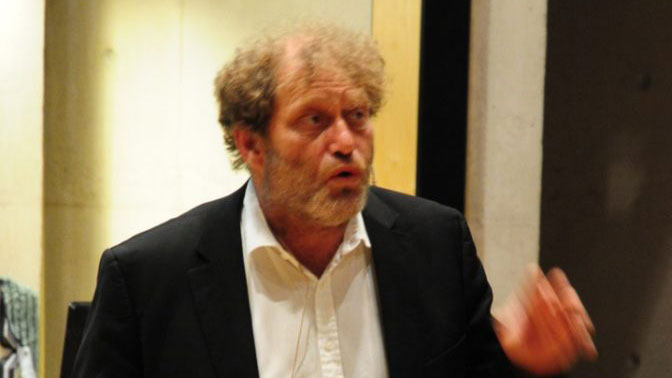
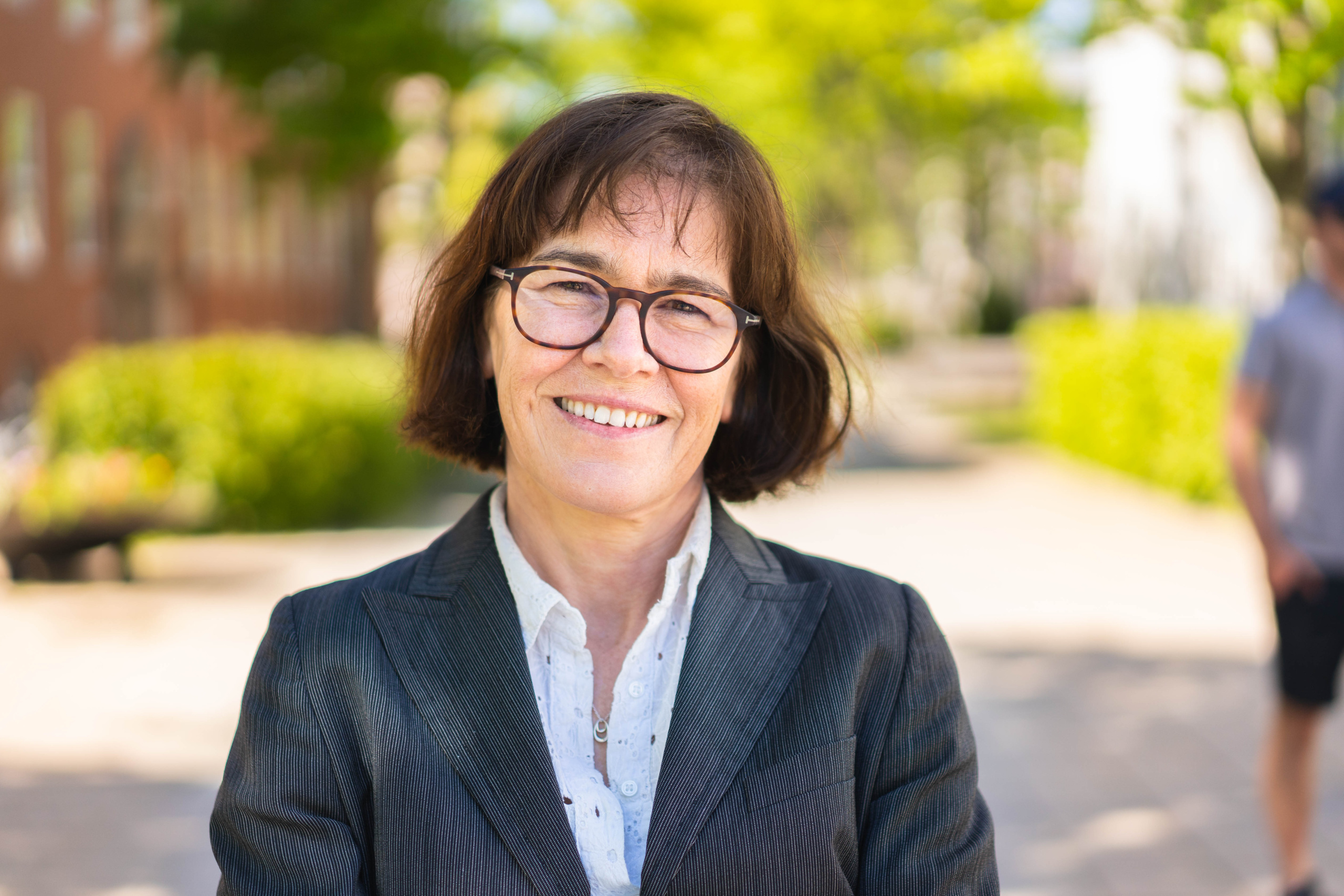







Comments
No comments yet. Be the first to comment!